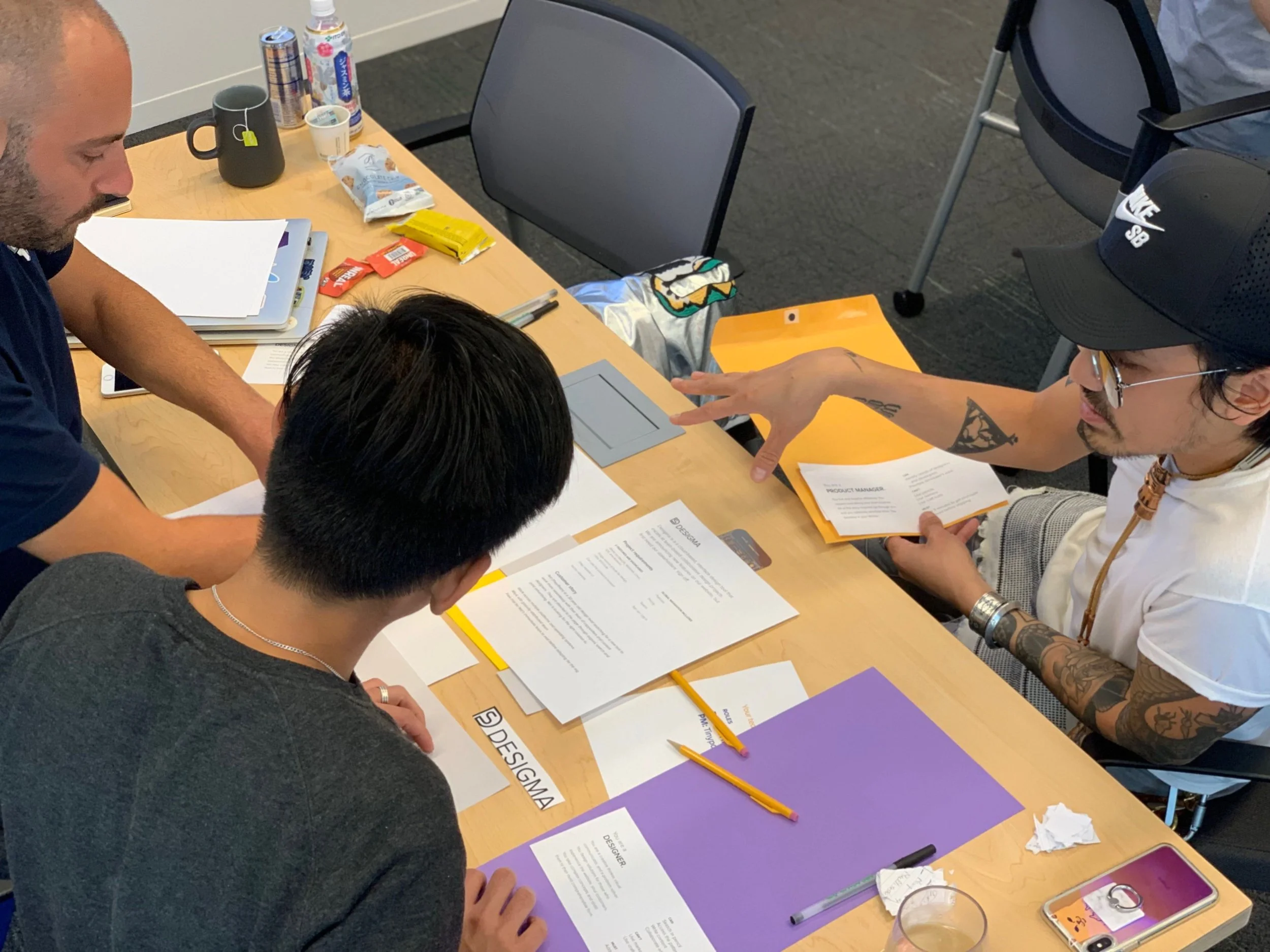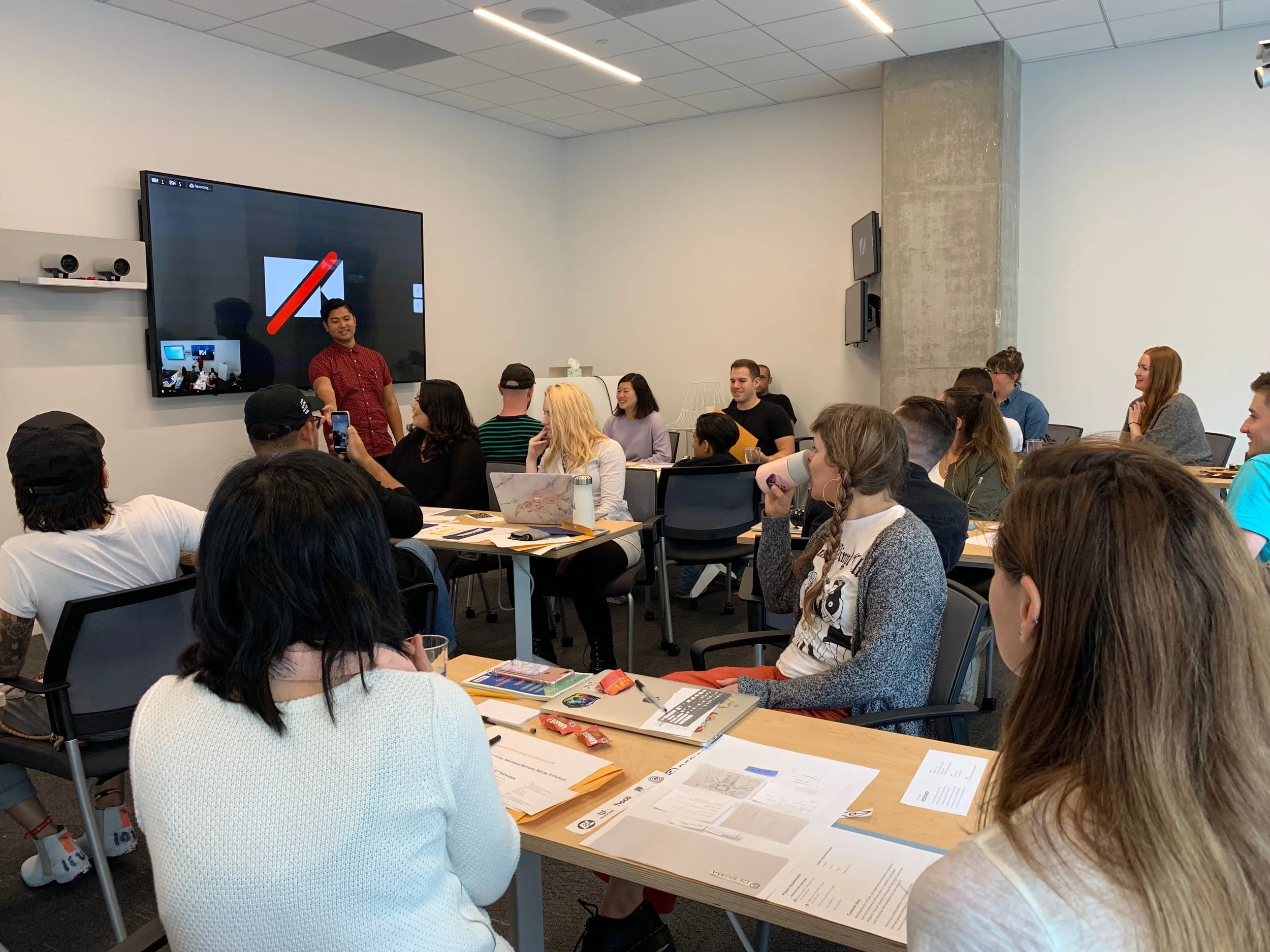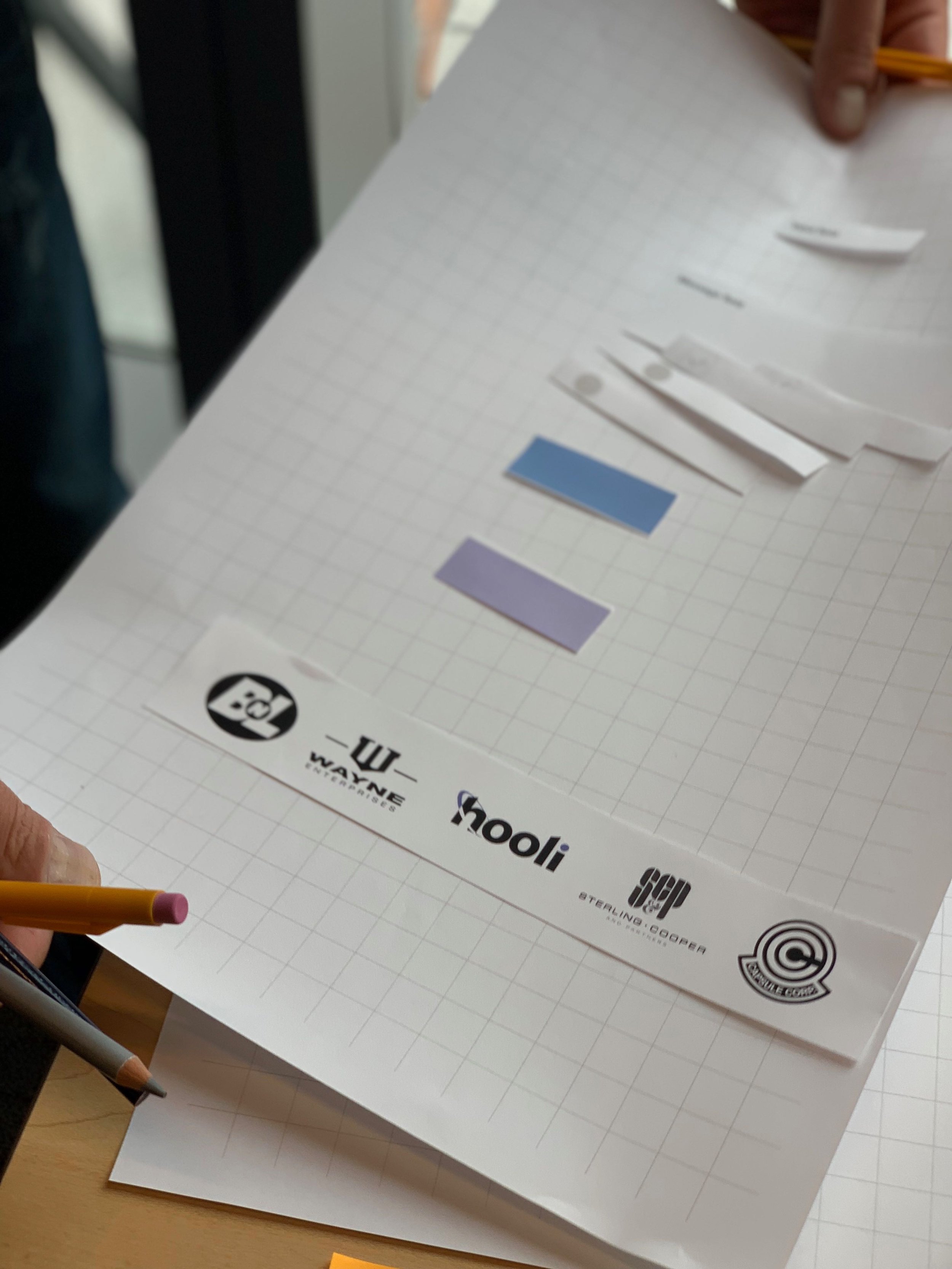
DesignOps LARP
(live action roleplay)
Inviting teams to understand each other — and the design system — through play
Rolling out Atlassian’s marketing org’s new design system wasn’t just component enforcement; it was about getting teams to get work done better, faster. From the sheets of my roleplaying background, I designed and led a hands-on workshop with the goals of onboarding, training, and evoking empathy.
Role
Owner, design lead, facilitator
Teams
Marketing, Design, Development, Brand, Product
Focus Areas
Design ops, team alignment, process design, facilitation
Background
Atlassian’s marketing organization is made of UX/UI designers, developers, and marketing managers. The customer journey was split across many facets. Each team had separate priorities, goals, and success metrics and experienced a lot of friction during campaigns.
Unclear roles and responsibilities
Everyone was putting in the work— but siloed.
Had no clear way to submit or prioritize work, so strategy often got lost in the shuffle
Marketing managers
Outnumbered by designers, with tight deadlines and incomplete design resources
Developers
Worked with an outdated pattern library and had no clear path to validate work with devs
Designers
Paper prototyping
Roleplay is inherently an empathy exercise. I leveraged this by designing a paper-prototyping activity where participants swapped roles to experience each other’s workflows.
Teams recreated a webpage with paper prototypes
Each role came with goals, rules, and limitations
Win condition: fulfill the brief
The exercise mirrored real frustrations of each other’s roles — people said:
“But it doesn’t look like the design!”
- developer
“We’re not ready for a dev yet.”
- marketing manager
“Is there a component for this #!*t?!”
- designer

Tools alone don’t make adoption happen — understanding does.
Outcome
Once people could see what others were struggling with, collaboration naturally improved.
Teams understood each other’s roles better
Every team invested in the design system
Immediate improvements in communication, validation, and proactive collaboration
Co-created a cultural touchpoint that made ongoing adoption easier





